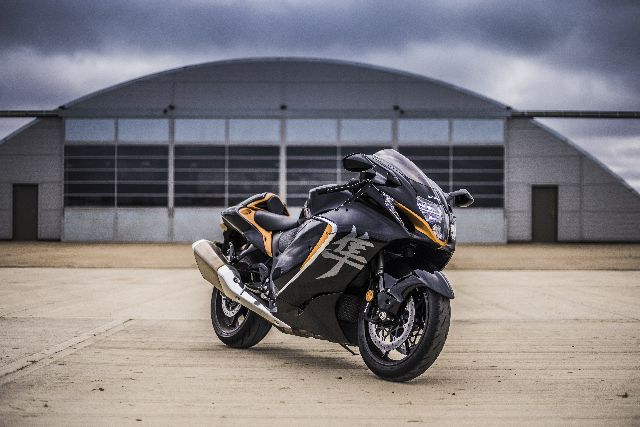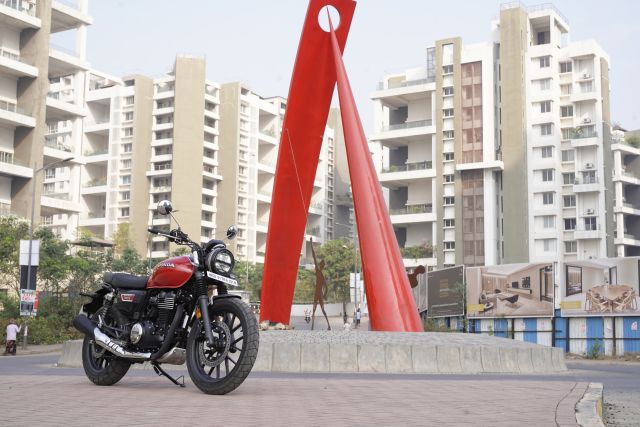
The Honda CB350RS is the brand’s second classically-styled bike to hit our market this year. Let’s see what it’s all about.
[Read more…] about Honda CB350RS First Ride Review: Smooth SailingBest Bikes in India | No.1 Two Wheeler Magazine

The Honda CB350RS is the brand’s second classically-styled bike to hit our market this year. Let’s see what it’s all about.
[Read more…] about Honda CB350RS First Ride Review: Smooth Sailing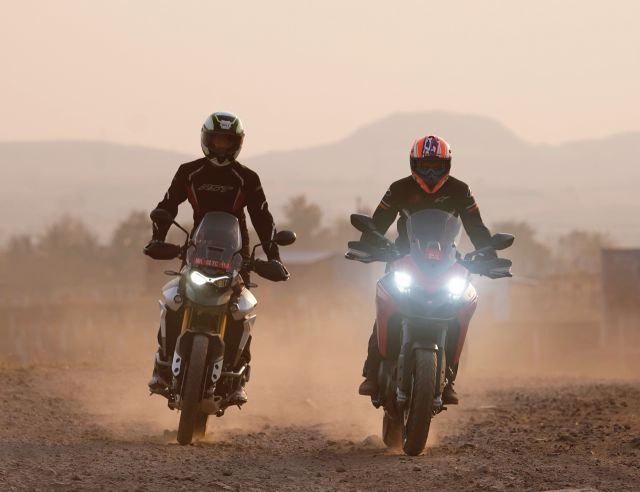
These are two stilted mid-sized tourers that cater to different folk, both of which housing strong pros. So, which one would suit you better?
[Read more…] about Ducati Multistrada 950 S v Triumph Tiger 900 Rally Pro – Beauty and the Beast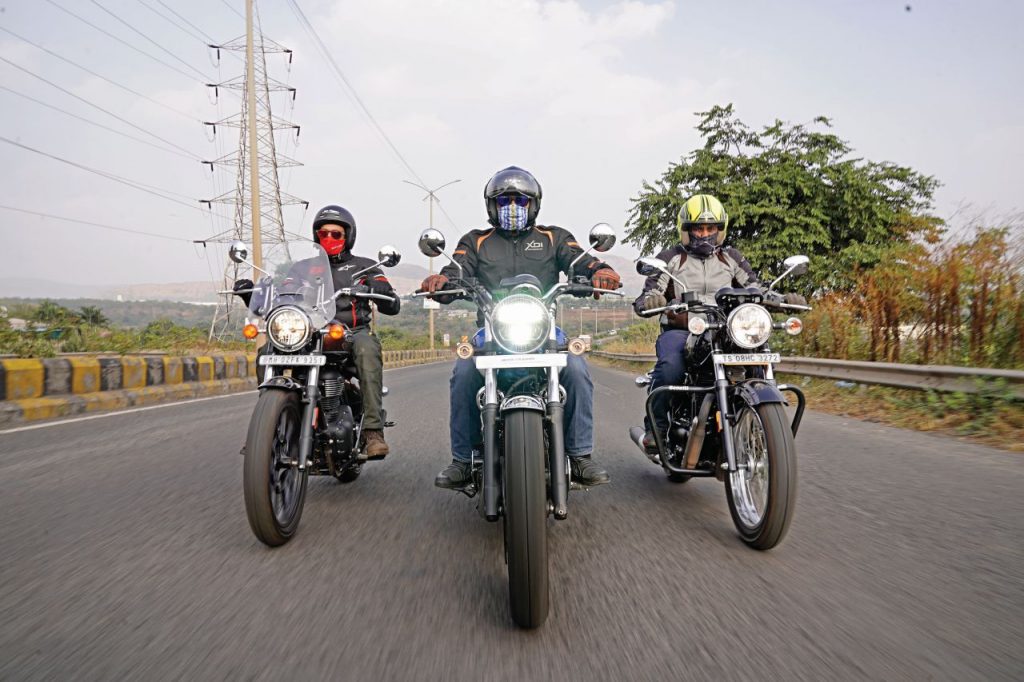
Classically-styled motorcycles are no longer just Royal Enfield’s territory. We take a close look at three bikes vying for the title of the best modern retro
[Read more…] about Retro Bike Shootout: No School Like Old SchoolFor 50-year-old Sangeetha Jairam, yoga instructor and motorcyclist, life’s lessons have always been through motorcycle metaphors.
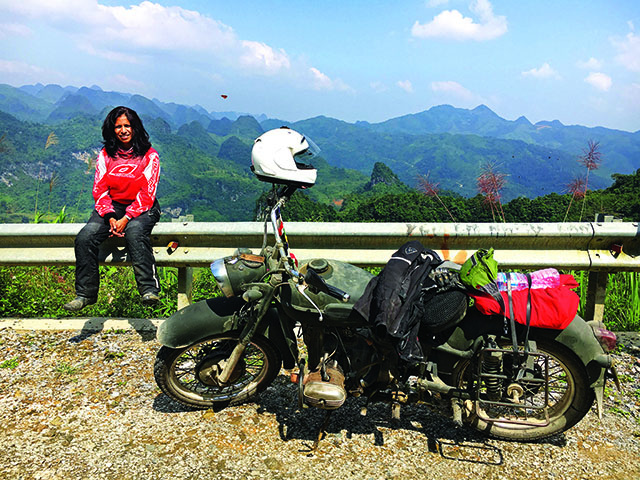
The third-generation Suzuki Hayabusa is back with a bang in its 2021 iteration. Here is our first impression following a rather exhilarating first ride.
